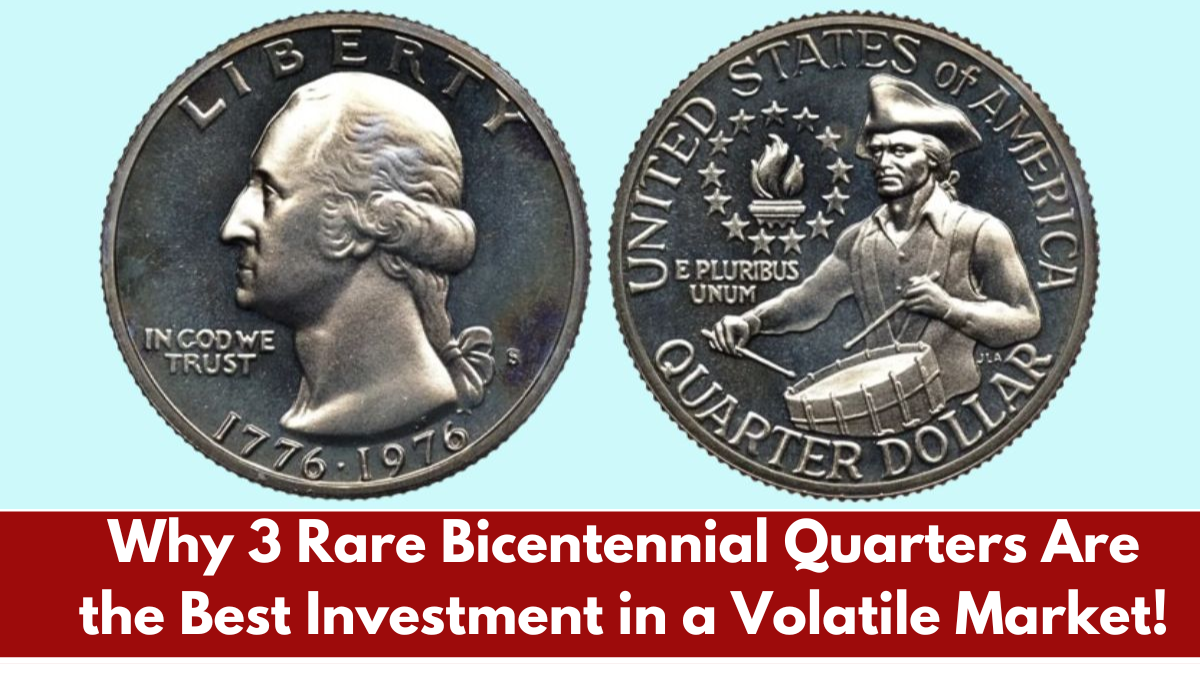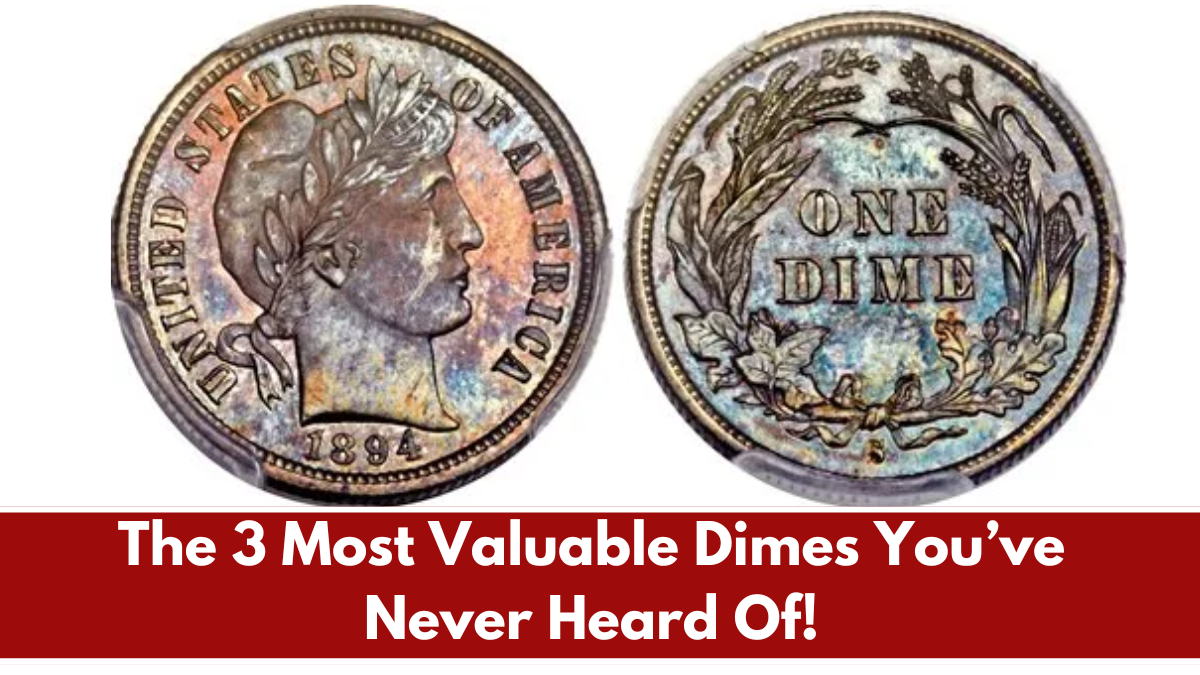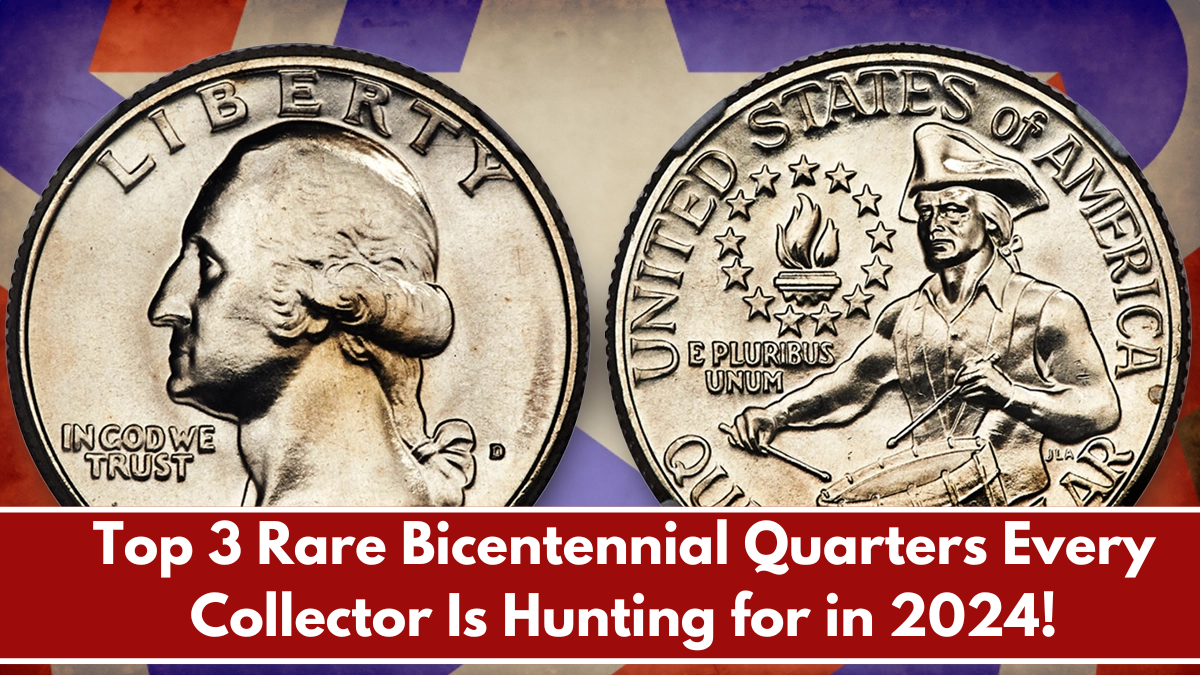In today’s uncertain financial climate, investors are seeking tangible assets to preserve and grow their wealth. Rare coins, particularly Bicentennial quarters, have emerged as a unique and promising investment. Celebrating America’s 200th anniversary, these quarters hold historical and cultural significance. Among them, three rare Bicentennial quarters are proving to be exceptional investments due to their scarcity, high demand, and increasing value.
1. 1976-S Silver Bicentennial Quarter (Proof)
The 1976-S Silver Bicentennial Quarter was struck in 40% silver and featured a unique dual-dated “1776–1976” design. Minted exclusively as part of special collector sets, these quarters are sought after for their silver content and pristine proof finish. High-grade examples in original packaging can fetch significant premiums, with values exceeding $50 to $100 in top condition. Their combination of limited mintage and high collectibility makes them an ideal investment.
2. 1976-D Double Die Obverse Quarter
The 1976-D Double Die Obverse (DDO) Quarter is a variety that showcases a minting error, where the design elements on the obverse were struck twice, causing doubling visible on the inscriptions. Error coins like these are exceedingly rare and highly desirable among collectors. Depending on the severity of the doubling and the coin’s condition, these quarters can command prices upwards of $500. Their uniqueness ensures long-term demand and steady value appreciation.
3. 1976-P Bicentennial Quarter with High-Grade Condition
While the 1976-P Bicentennial Quarter was widely circulated, finding one in high-grade, uncirculated condition is incredibly rare. Coins graded MS67 or higher by PCGS or NGC are especially valuable, with auction prices reaching several hundred dollars. Their scarcity in top grades makes them a favorite for investors looking for stability and growth potential in their portfolios.
Rare Bicentennial quarters are more than just collectible coins—they’re a smart investment in a volatile market. With a mix of historical significance, scarcity, and increasing demand, these quarters have proven to be reliable assets. Whether it’s the silver proof strikes, error varieties, or high-grade examples, these coins represent a tangible way to hedge against financial uncertainty.
FAQ’s:
1. Why are Bicentennial quarters valuable?
Bicentennial quarters are valuable due to their historical significance, unique designs, and, in some cases, rare errors or precious metal content.
2. How can I identify a 1976-D Double Die Obverse Quarter?
Look for doubling in the inscriptions on the obverse side, such as “LIBERTY” or “IN GOD WE TRUST.” A magnifying glass or microscope may help.
3. What makes high-grade 1976-P quarters rare?
Most 1976-P quarters were heavily circulated, so finding uncirculated examples in pristine condition is extremely uncommon.
4. Where can I buy these rare Bicentennial quarters?
You can find them at coin shows, online auctions, or through reputable dealers. Ensure the coins are authenticated and graded by PCGS or NGC.
5. Are rare Bicentennial quarters a good long-term investment?
Yes, due to their limited availability, historical appeal, and consistent demand, they are an excellent choice for long-term growth and diversification.













